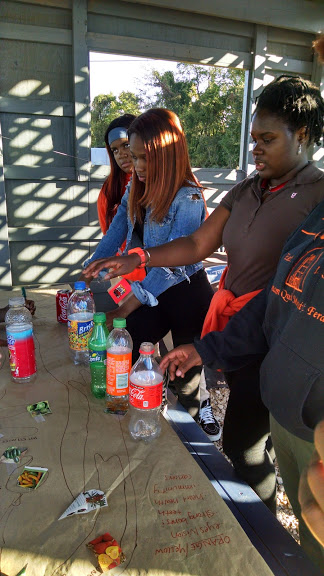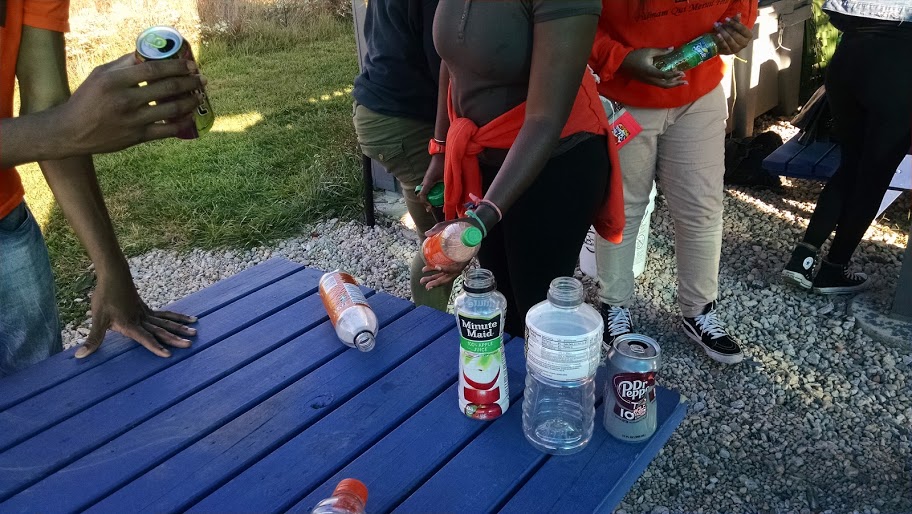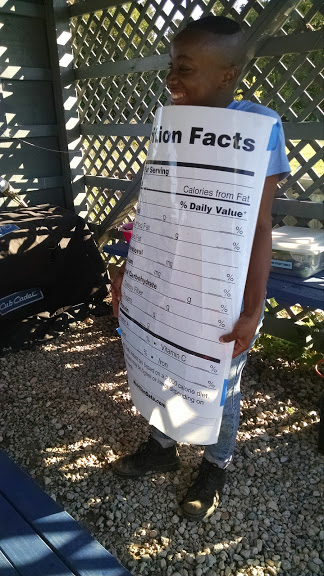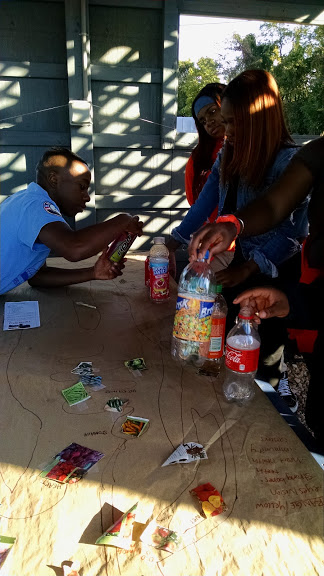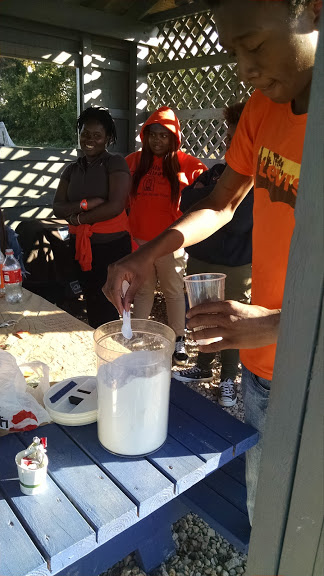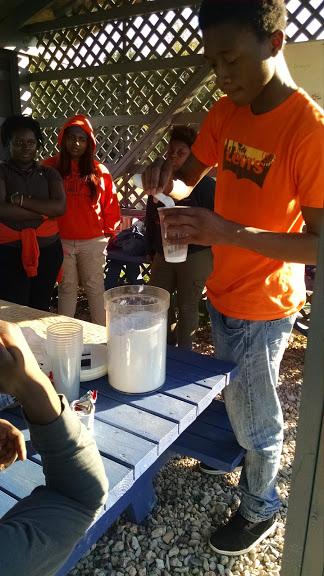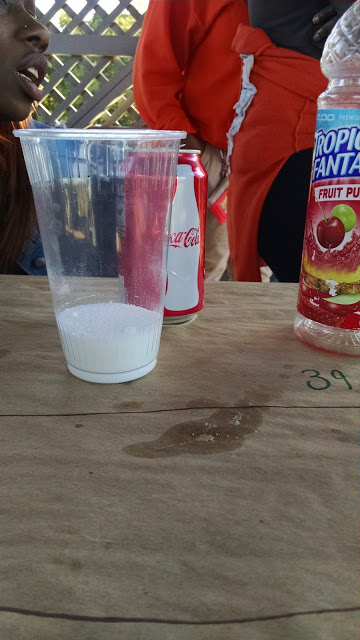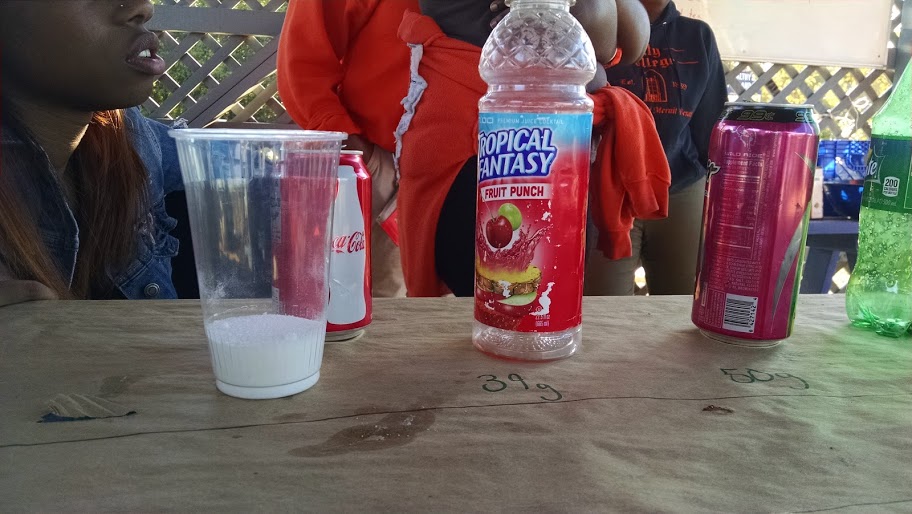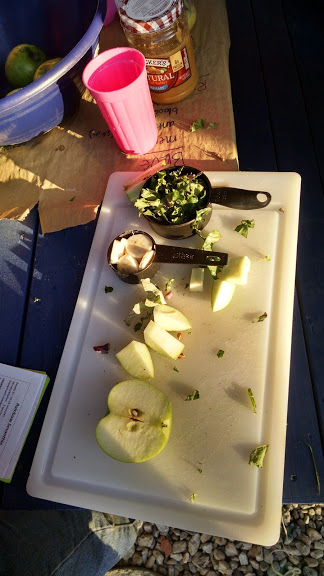Youth Crew 2015 – Day 5
Enjoying a fairly pleasant day, students gathered outside at the blue pavilion for day 5 of Youth Crew.
We started the day off with a fun icebreaker called Ninja Training. The primary goal of the game is to determine who is the quickest ninja warrior. This is done by attacking one player’s hand while dodging other player’s ninja attacks.
Shortly after the game, we moved on to a lesson on sugary beverages. This lesson consisted of learning about how to properly read nutritional labels so that students can accurately assess how much sugar goes into their beverages.
After learning how to properly read nutritional labels students then discussed and listed on the board what sorts of beverages they drink on a daily basis. Then they grabbed some empty beverage bottles and did their own investigation of the nutritional labels. Their main focus was finding out how much sugar each beverage contained, taking into account the serving size. Students then lined up their bottles on the the table, going from least to greatest. Then using a tablespoon they measured out exactly how much sugar was present in each drink.
Students were shocked to discover just how much sugar was present in the beverages they drink on a daily basis.
As an alternative to sugary beverages, students were provided with different ingredients to make smoothies. These ingredients included: apples, peanut-butter, kale, bananas, yogurt, orange-juice, strawberries, blueberries and ginger.
Students seem to have fun experimenting with all the different ingredients and creating all different types of smoothie flavors, though time can only tell if they’re convinced that that’s a better alternative to sugary beverages.
About Real Food Farm
Real Food Farm works toward a just and sustainable food system by improving neighborhood access to healthy food, providing experience-based education, and developing an economically viable, environmentally responsible local agriculture sector.
